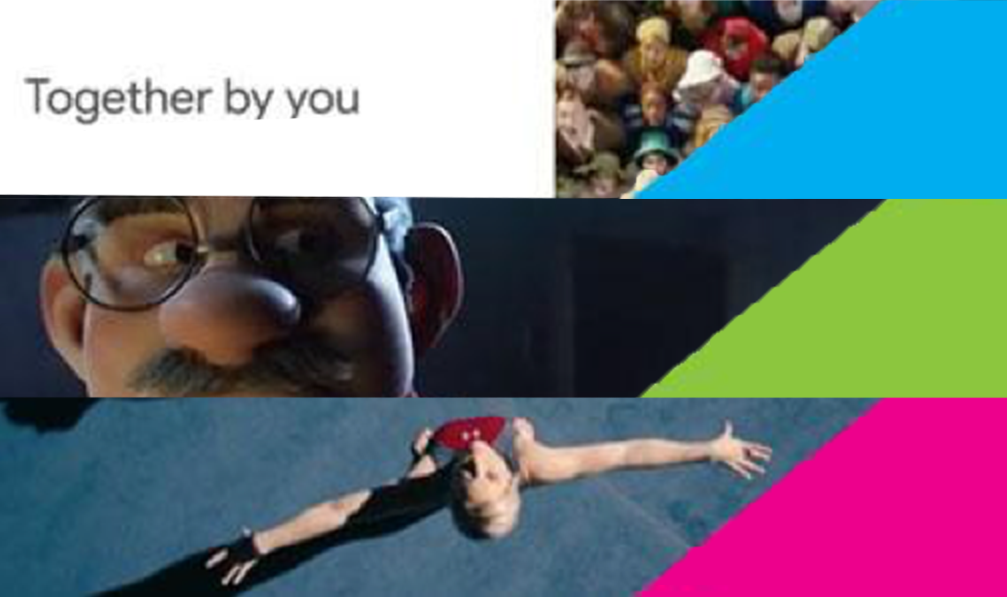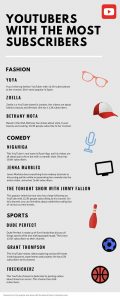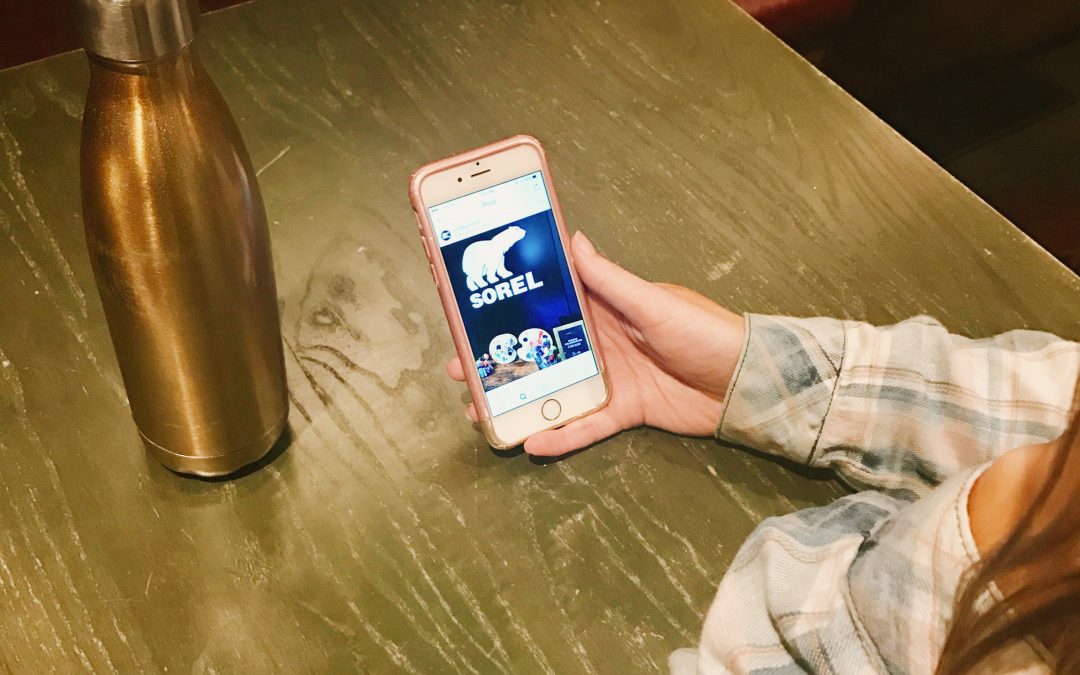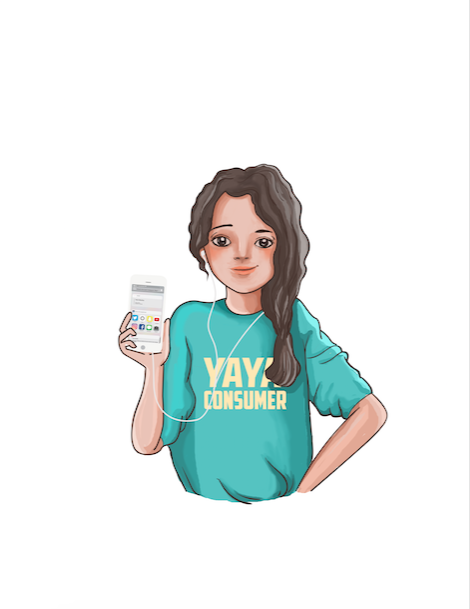
‘Tis the season for brands to spend most of their marketing budgets all in one day. As the 2017 Super Bowl approaches this weekend, brands will spend around five million dollars for a single 30-second spot. Although the big game is iconic for its television spots, recent trends are paving the way for brands hoping to reach younger consumers. By partnering traditional with digital media, brands garner more interactions with that audience while spending less.
Take Pepsi-Co, for example. Last year’s big game featured the second-largest soft drink brand shifting 40 percent of its budget away from television and into the digital realm. Of those who watched the game, 83 percent of viewers aged 18 to 24–or as MOJO Ad lovingly calls them, the Youth And Young Adult (YAYA)™ market–were expected to have a secondary device on hand while watching. Digital and social media are now the hub of conversations during the big game.
Before kickoff, companies have the opportunity to interact with consumers through Facebook, a platform heavily used by the YAYA demographic. Prior to last year’s Super Bowl Sunday, 70 percent of total ad shares for traditional television advertisements had already occurred through Facebook. Through sharing, liking and tagging, these spontaneous online shoppers, or what we call the Sponloppers, begin to identify brands that resonate with them.
During the game, Snapchat became a key player. Gatorade received 160 million impressions on its animated filter compared to the 115 million people who watched the game. Instagram was the rookie of the year for the 2016 Super Bowl; it offered a 60-second video option for the first time, specifically targeting brands wanting to advertise during the Super Bowl. Throughout gameday, 38 million viewers interacted with related content an average of four times.
When preparing for this year’s Super Bowl, it’s important for brands to become a part of this digital conversation before, during and after the game. This will not only lead to higher engagement with the YAYA demographic, but it will help brands break through the clutter and make the most of their investments. Off the field, businesses can use these tactics to engage with this digital consumer base every day.
MOJO Ad is the premier student-staffed advertising agency at The Missouri School of Journalism. To learn more about YAYA consumers, tune into our 2017 State of the YAYA webcast. Get a taste of our expertise on all things young and see what a partnership with MOJO Ad can do for you.

From the Olympics to the presidential election, the last 12 months were iconic for advertising. With so much great work produced, we chose our three favorite art-driven ads that targeted YAYA consumers.

- Anuncio Lotería de Navidad – https://www.youtube.com/watch?v=tY3vQTrCn7I
This emotional video is the product of Leo Burnett in Spain. Advertising for the Spanish Christmas Lottery, the longest running lottery in history, this advertisement effectively captures viewers’ attention with the story of a lonely security guard working in a mannequin factory.
The video’s exemplary art direction is enhanced by the uniqueness of the story line, the flawless aesthetic and the representation of an emotional narrative. Illustrated in “Pixar” style and boasting powerful visuals, the ad resonates with American and Spanish audiences as a far cry from the tired and traditional holiday messaging.

- Rule Yourself – https://www.underarmour.com/en-us/usa-gymnastics
Under Armour’s “I Will What I Want” campaign from Droga5, created to empower women, has featured athletes such as ballerina Misty Copeland, skier Lindsey Vonn, and tennis star Sloane Stephens. This year, the groundbreaking campaign, which earned the company Ad Age’s Marketer of the Year award in 2014, continued with a feature of the U.S. Women’s Gymnastics team.
Using only music and images to create emotion, the video artfully captured what it means to be a strong-willed woman by showcasing the team’s rigorous training. Wrapping up the video with simple copy reading, “It’s what you do in the dark that puts you in the light,” Under Armour created a powerful message (and likely many brand advocates).
According to a recent poll from The Washington Post, 63 percent of women ages 18 to 34 identified as a feminist or a strong feminist. It’s clear that the rise of feminism in America is becoming more prominent among the YAYA demographic. Under Armour perfectly capitalized on this and was among the first brands to capture the essence of the modern feminist mindset. According to Droga5, the campaign speaks to women who do not wait for permission, advice or affirmation from others to go after what they want. It showcases the inherent inner strength in women and praises strong women who defy societal standards to achieve their dreams. This campaign perfectly illustrates how, through brilliant art direction, brands can communicate more by saying less.

- #Pixel by you – https://www.youtube.com/watch?v=9o9NmuZ8Qls
To promote its new, proprietary smartphone, the Pixel, Google created a series of video advertisements that highlight a certain emotional or empowering facet – like connectivity or freedom – of their smartphone. In these videos, Google shows these multidimensional benefits with only three words of copy and painstakingly art-directed video. Using bold minimalism, Google distills the emotional values of freedom, togetherness and connectivity that Pixel provides to a form that is concurrently universal and deeply personal.
Minimalism is especially pertinent to the YAYA market as the younger generation is “more into the style of life than the stuff of life,” so an advertisement that bridges two iconic shapes within Google’s repertoire – the search bar and now the outline of the Pixel – should be effective and moving for YAYA viewers.
Written by: Kevin Ackermann, Jillian Mullin and Samantha Huston

Since the 18-to 24-year-old demographic relies heavily on the opinions of their peers, glossy, over-produced commercials aren’t going to click with YAYA consumers–they’re looking for authenticity. That’s why they’re more willing to purchase a pair of shoes based on their friends’ opinion as opposed to a sponsored ad on their newsfeed.
These ‘friends’ go beyond the traditional friend group marketers may have in mind as social media influencers, such as beauty bloggers or YouTube personalities, have more pull with this demographic than ever before. According to Business Marketplace, the millennial demographic values endorsements from influencers, whom they consider their peers. According to Shopify, 60 percent of the YAYA market would buy a product endorsed by a social media influencer, such as a YouTuber.
For example, YouTube sensation Michelle Phan started her beauty YouTube channel in high school and has since gained 8 million subscribers and recently launched a new cosmetic line with L’Oreal. Or take Smosh, a web-based sketch comedy duo. Ian Hecox and Daniel Padilla make up Smosh who got their start back in 2003. Today they have 22 million subscribers and nearly 6 billion video views. Tubular Insights tells us, YouTubers like these resonate with an age group that watches less TV, but spends an average of 11 hours per week watching videos via social media.
That’s not to say throwing content on a popular social media platform will always work. It’s important to find the right social media influencer who aligns with your brand’s values, rather than choosing the influencer with the biggest follower base. Brands should ask themselves, “What makes this influencer a credible source for my brand?”
That’s why companies like Insightpool work to identify these people for you. They monitor conversations people are having about your product in the digital sphere, uncovering key thought leaders who are using products similar to yours to build and authentic relationship between an influencer and your brand.
So, marketers, we believe the Spice Girls said it best when they sang “now don’t go wasting my precious time.” You can reach wannabe YAYA consumers effectively and quickly with just the right kind of influencer friends.

Sources for graphic:
Fashion: https://vidstatsx.com/youtube-top-100-most-subscribed-how-to-style-channels
Comedy: https://vidstatsx.com/youtube-top-100-most-subscribed-comedy-channels
Sports: https://vidstatsx.com/youtube-top-100-most-subscribed-sports-channels
Written by: Breckyn Crocker, Faith Vickery and Kylie Bixby

The Youth and Young Adult (YAYA) market is putting relationships first. With brands, friends and peers, YAYA consumers crave connection both offline and online. It is important for advertising and PR agencies to keep in mind that traditional public relations and advertising communication efforts are not enough. According to Forbes, only 1 percent of millennials surveyed said that a compelling advertisement would make them trust a brand more. It is vital that companies create a sense of community, presenting themselves in an authentic way among their target consumers in order to gain their trust.
So, how exactly can you appeal to us? Here are some public relations trends that will help you stand out.
Traditional is not so Trendy
Technology has changed the PR game and as a result, traditional tactics don’t cut it with today’s consumers. Long gone are the days of when the good old press release was dominant. Branded content focused on digital channels has taken over. Rather than pushing out information with a traditional press release, digital platforms can deliver the brand’s message to a more tailored target audience. According to Ragan’s PR Daily, “Brands often turn away from traditional PR tools in favor of building brand channels that let them narrate stories adjusted to the customer’s needs and purposes. Brand journalism is content written in journalistic style, brand stories engagingly told.” According to Forbes, some other trends to keep in mind are to, “Take advantage of social media, develop relationships with industry leaders and influencers, and incorporate quality visuals in your messages to get the attention of journalists and outlets that can help you spread your message.”
One aspect of PR that will always remain important is building a solid relationship with journalists. The difference is that relationship now happens on social media or through IM. If you can get to know journalists face-to-face – maybe in a traditional setting like a conference or event – you can continue to build that relationship virtually. Journalists can post on Twitter that they are looking for a source on a given story and you can step up and provide that, making your organization look smart and responsive in the process. Now more than ever with the ability to find information at their fingertips, journalists have little time to read press releases and they don’t need you to find a story. By building a mutual relationship with a few journalists, they will become your go-to contact and in turn they will rely on you as a key resource for information about their stories.
Be Where They Are
YAYA consumers are in constant communication with one another and enjoy sharing as they share their experiences through social media. According to Social Media Week, half of millennials aged 18-24 years feel that brands say something about who they are, their values and where they fit in. It’s important for brands to meet YAYA consumers where they are and connect with them through social media. By offering video ads, sponsored geofilters and geolenses, Snapchat is changing how the YAYA market communicates their everyday experiences to their peers. This constant gratification translated to relationships with brands, as YAYA consumers prefer brands that communicate with them. According to PR Daily, Snapchat offers video ads, sponsored geo filters and sponsored geolenses as opportunities to engage with the core audience of 18- to 24-year-olds. Snapchat tactics allows and allowing brands’ advertising to become integrated into the daily lives of YAYA consumers.
Play Games with Them
BuzzFeed (yes, the instigator of those crazy quizzes that tell you what ‘90s TV character you are based on your zodiac sign) is leading the way in connecting with the YAYA market. According to Business Insider, “A big part of BuzzFeed’s business model revolves around using Facebook and other social media advertising to drive readers toward branded, “native” content.” YAYA consumers start their day by looking to these outlets in fact, as 50% percent of 18- to 24-year-olds go on Facebook when they wake up and immediately turn to Facebook. (https://zephoria.com/top-15-valuable-facebook-statistics/). In order to connect with this demographic, public relations efforts must engage them in a way that allows these YAYA consumers to grasp a sense of a brand’s personality and sense of humor without sounding too promotional.
If you keep these three key values in mind, the YAYA market will be receptive of your public relations efforts and become eager to allow your brand into their lives.
Written by: Miranda Lee, Marta Witko and Julia Brun

YAYA consumers are dependent on their phones, using them as a platform to keep up with what their friends are doing and manage their social lives. One of their top management tools is a filter, which is just as important as the picture itself nowadays.
Filters give YAYA socialites the creative license to transform a flat and boring photo into an ideal, colorful image. According to Canva, a unique design software program, “applying a filter can increase the number of views and comments your post receives.” So, which filter will lead to the most likes? Canva says America’s number one most-used filter is Clarendon because “it’s an all-purpose filter that brightens, highlights, and intensifies shadows for color that pops. This is no secret to YAYA consumers who can filter, edit and crop their images for any social network. Facebook now offers editing options for profile pictures based on the weather or season, and Instagram is constantly updating its filter options for users. If these filters don’t meet the YAYA demographic’s fancy, they know where to find more: Photo editing apps like VSCO offer countless filters and enhancers to position a photo (and social appearance) in the best light possible for followers and friends.
So why do filters matter so much to this age group? In a joint study done by Yahoo and Georgia Tech, adding a filter increases engagement. “By using the “right” filter, you can increase a selfie’s viewability by 21%, and the number of comments by 45%,” said Refinery 29. YAYA users know that a high-quality photo receives more favor, which is why they take their social media appearances very seriously. It’s not uncommon to hear YAYA consumers talk about their Instagram aesthetic; the filters they use and the quality they put forward is considered to be a direct reflection of their personal brand.
To them, the perfect filter is crucial because this age group is drawn to visually appealing content. After all, our brains process visual cues 60,000 times faster than text. This is why businesses must capitalize on good, quality photographic content. Marketing products with a visually appealing aesthetic increases the probability of connecting with the YAYA population. According to the website Campaign, “Brands are realizing that by combining their messaging authentically with art and innovation, additive experiences can be created for consumers.”
Ultimately, marketing products visually through social media will increase product exposure among the 18-to 24-year-old age group, which is critical because they will soon be prime decision makers in companies, families and other organizations. So, when in doubt, use a filter and the YAYA population is sure to pay attention and give it a ‘like.’
Sources:
Written by: Claire Zou, Kristy LaRue and Laurel Kasten







